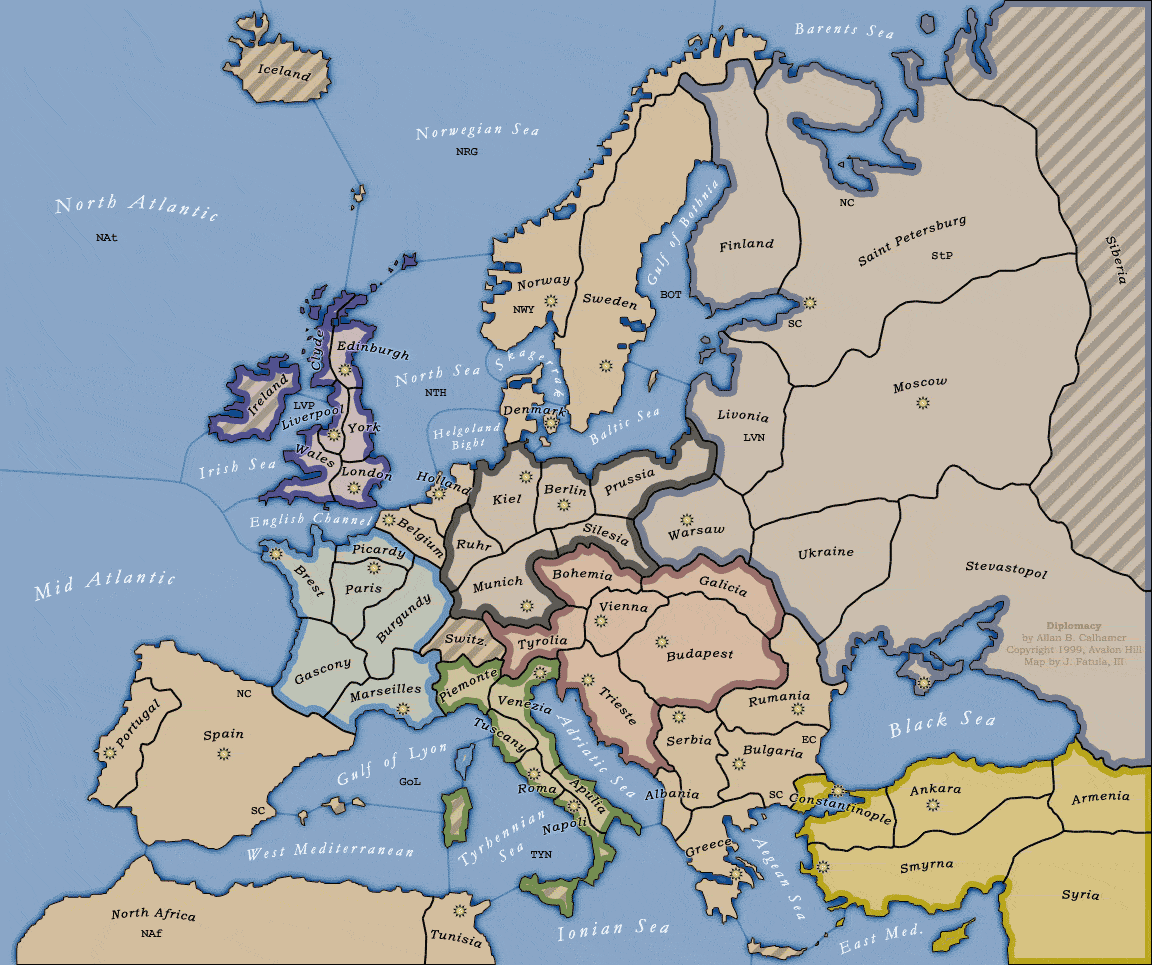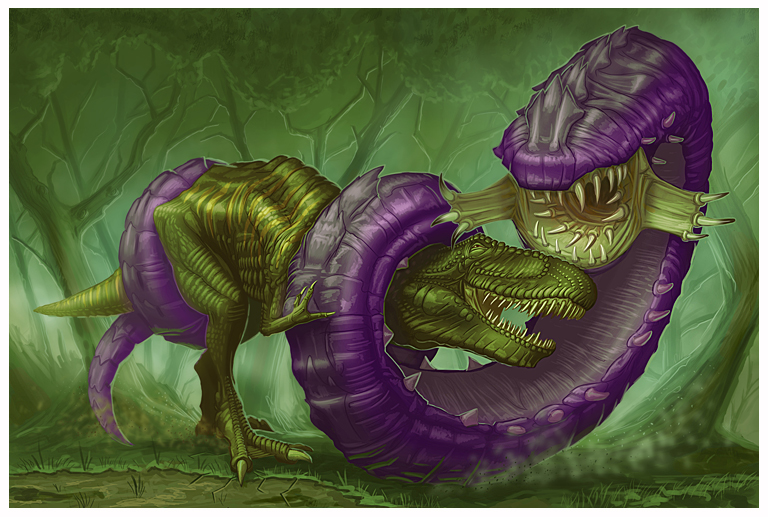 Just a few days ago, I commented on the fact that I had seen very few examples of strategic level board games that involved a neutral arbiter (umpire, judge, etc), to allow for hidden information and general player-neutral aspects of gameplay. I only lived through the 80s and 90s, and even then had only limited experience with a range of game activities during those periods (mostly Avalon Hill games on the board-game side, and West End systems on the RPG side). History goes back quite a bit farther than that, and so I've been reading through Peterson's Playing at the World to get more of the backstory.
Just a few days ago, I commented on the fact that I had seen very few examples of strategic level board games that involved a neutral arbiter (umpire, judge, etc), to allow for hidden information and general player-neutral aspects of gameplay. I only lived through the 80s and 90s, and even then had only limited experience with a range of game activities during those periods (mostly Avalon Hill games on the board-game side, and West End systems on the RPG side). History goes back quite a bit farther than that, and so I've been reading through Peterson's Playing at the World to get more of the backstory.One area of activity of which I had little awareness was the innovative play-by-mail community during the 1960s. Peterson spends a great deal of time delving into the publications of various groups involved in PBM campaigns for Avalon Hill's Diplomacy. Although I had played this a few times back in college (as a single-night "one-off" when we weren't running something larger), I hadn't really appreciated its popularity during the wargame era. In fact, if someone had told me that such a simple game had been able to generate extensive activity of the sort that we'd today classify as "fan-fic", "LARP", and "cosplay", as a sort of abstracted counterpart to the SCA, I would have found it hard to believe.
A multi-player game, when played by mail, can only be manageable when information is centralized through a single player who functions as the hub, and a neutral referee is probably the only fair way to accomplish this. What's more interesting is that, almost as soon as the player-referee structure is established, players seem to have begun speaking in the voice of a dramatic persona (what we'd today call "in-character", or IC) to create a fictional narrative. Once someone else takes responsibility for running the mechanical side of the game, the players are freed to concentrate on immersion and story-telling. This is despite the fact that Diplomacy is nearly as abstract a game as chess!
Oh, a fascinating bit of trivia I learned: The now-standardized trope of dragons (and other similar mythical creatures) being distinguished by a set of vivid primary colors is actually something that traces to this era. The original publication of the various canonical chromatic dragon types (black, white, red, green, blue, and the so-called "purple worm") was actually in a Diplomacy fanzine written to support a Lord of the Rings variant game being played by mail. The author, "Professor S.K. Eltolereth" (an apparent Gygax pseudonym) was really intended to support the narrative of one of these postal campaigns.

 Let me say that again. The purple worm was invented to play this game. I just can't get over how strange and wonderful that is. Don't ever change, obsessive fantasy fans. Don't ever change.
Let me say that again. The purple worm was invented to play this game. I just can't get over how strange and wonderful that is. Don't ever change, obsessive fantasy fans. Don't ever change.
No comments:
Post a Comment